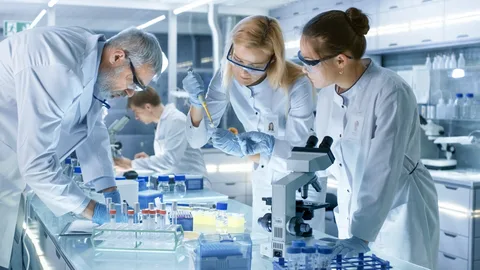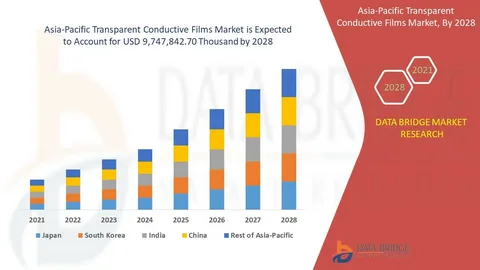The pharmaceutical industry in Brazil is a significant sector that plays a crucial role in the country’s healthcare system and economy. In this blog post, we’ll explore the size, scope, and impact of the pharmaceutical industry in Brazil, including key statistics, trends, and factors driving its growth.
Overview of the Pharmaceutical Industry in Brazil

Brazil boasts one of the largest pharmaceutical markets in Latin America and is considered a major player in the global pharmaceutical industry. The sector encompasses a wide range of activities, including research, development, manufacturing, distribution, and sales of pharmaceutical products.
Market Size and Growth

The pharmaceutical market in Brazil has experienced substantial growth over the years. According to industry reports, Brazil’s pharmaceutical market was valued at around USD 28 billion in 2020, making it the sixth-largest pharmaceutical market globally. The market is expected to continue expanding, driven by factors such as population growth, increasing healthcare expenditure, and rising demand for healthcare services.
Key Players and Companies
The Brazilian pharmaceutical industry is home to several domestic and international companies. Some of the leading pharmaceutical companies operating in Brazil include:
Ache
Eurofarma
EMS
Novartis
Pfizer
Sanofi
Merck
These companies engage in research and development (R&D), manufacturing, and marketing of a wide range of pharmaceutical products, including prescription drugs, over-the-counter medications, vaccines, and biologics.
Regulatory Environment
The pharmaceutical industry in Brazil is regulated by various government agencies, including the Brazilian Health Regulatory Agency (Agência Nacional de Vigilância Sanitária, ANVISA) and the Brazilian Federal Pharmacy Council (Conselho Federal de Farmácia, CFF). These agencies oversee drug approvals, quality control, pricing regulations, and distribution practices to ensure safety, efficacy, and accessibility of pharmaceutical products.
Market Trends and Drivers

Several trends and factors are driving the growth of the pharmaceutical industry in Brazil:
Population Growth:
Brazil’s large and growing population, combined with increasing life expectancy, contributes to rising demand for healthcare services and pharmaceutical products.
Healthcare Reforms:
Ongoing healthcare reforms and investments in public health infrastructure are expanding access to healthcare services and pharmaceutical products across Brazil.
Innovation and R&D:
Investments in research and development by pharmaceutical companies are leading to the development of new drugs and therapies, addressing unmet medical needs and driving market growth.
Economic Development:
Brazil’s improving economic conditions and rising disposable incomes are facilitating increased spending on healthcare and pharmaceutical products.
Challenges and Opportunities
Despite its growth prospects, the pharmaceutical industry in Brazil faces several challenges, including regulatory complexities, pricing pressures, and intellectual property issues. However, the industry also presents significant opportunities for investors and companies, especially in areas such as generic drugs, biotechnology, and personalized medicine.
Conclusion
In conclusion, the pharmaceutical industry in Brazil is a dynamic and rapidly evolving sector with substantial market potential. With a large and diverse market, favorable demographics, and ongoing investments in healthcare infrastructure, Brazil offers attractive opportunities for domestic and international pharmaceutical companies.
As the industry continues to expand, stakeholders must navigate regulatory requirements, embrace innovation, and collaborate to address healthcare challenges effectively. By leveraging Brazil’s growing market and emerging trends, the pharmaceutical industry is poised for continued growth and development in the years to come.
Thank you


